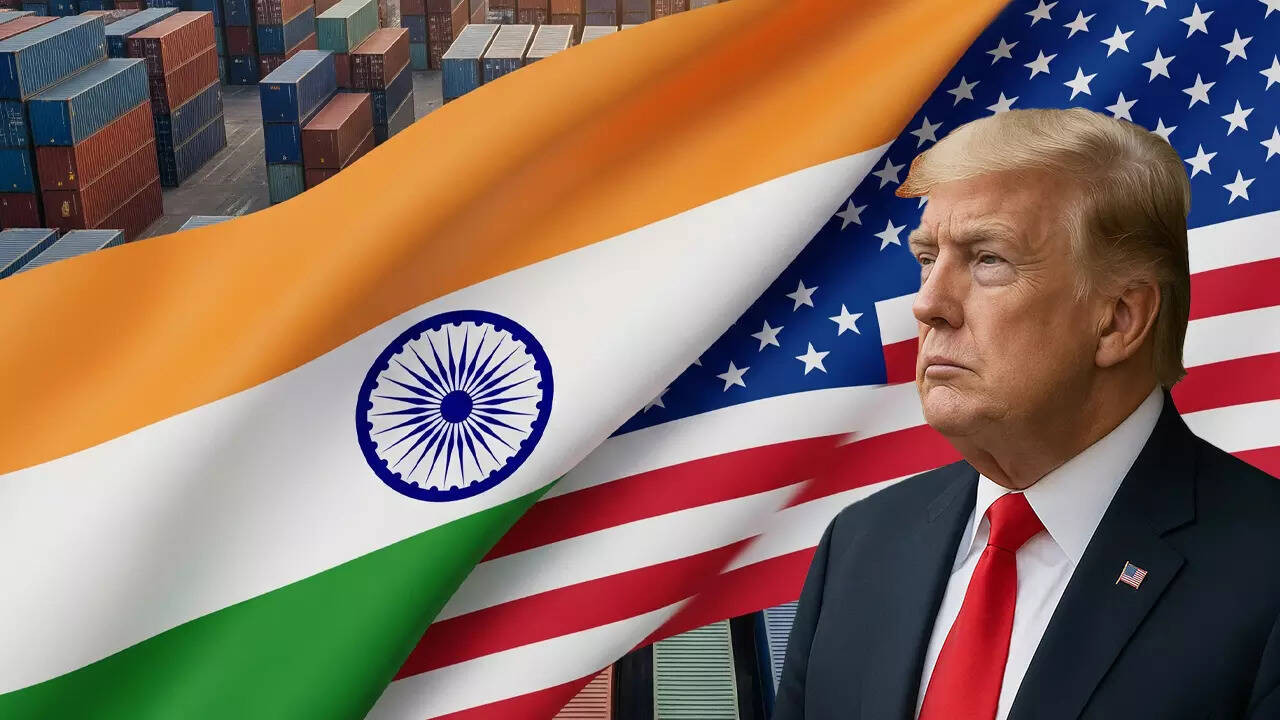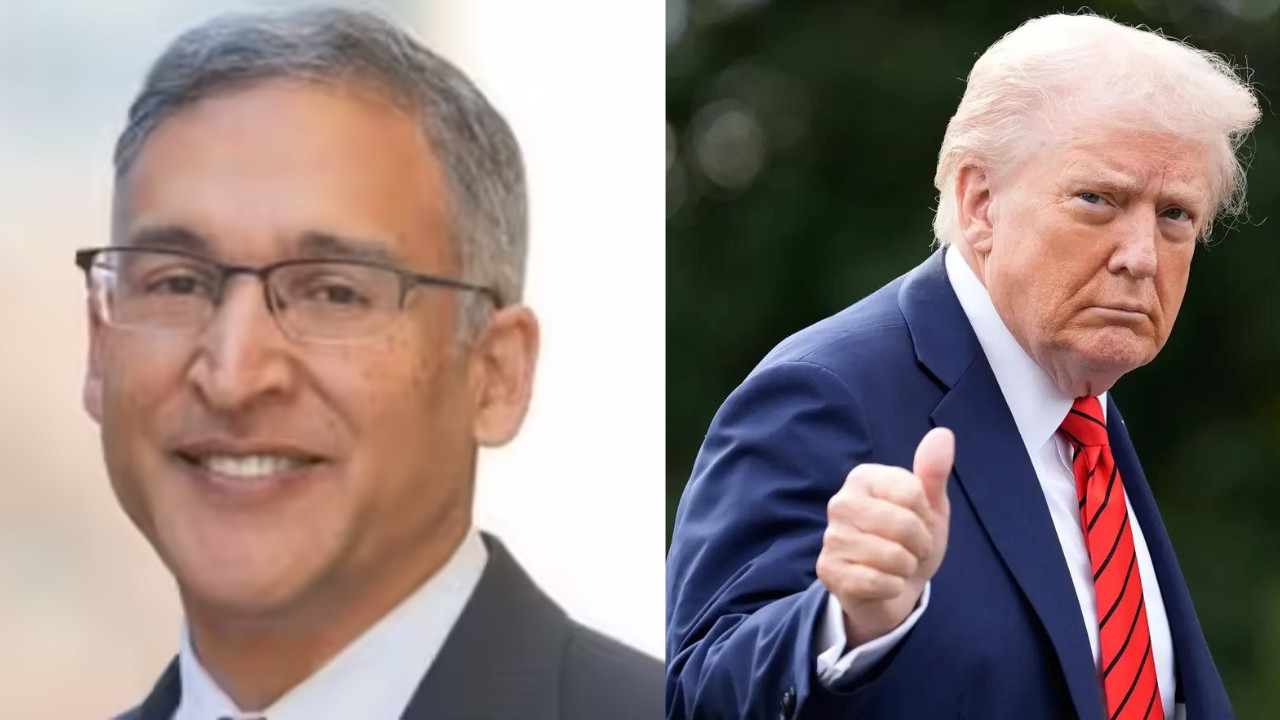Amid ongoing trade negotiations between India and the US, optimism is growing, with US Commerce Secretary Howard Lutnick expressing confidence in reaching an agreement if India liberalizes its markets and ceases Russian oil imports.
Bridging the Divide: Could a US-India Trade Deal Be on the Horizon?
The air crackles with anticipation when discussions of a US-India trade deal surface. It’s a complex relationship, fraught with historical sticking points, yet brimming with untapped potential. Fresh optimism suggests we might be closer than ever to seeing this economic behemoth finally take shape. US Commerce Secretary Gina Raimondo recently voiced strong confidence in reaching an agreement with India, hinting that persistent issues could soon be resolved. But what’s fueling this optimism, and what hurdles remain on the path to a landmark trade pact?
The Push for Stronger US-India Ties
The drive for a robust trade deal isn’t just about economics; it’s strategically vital. Both nations recognize the importance of a strong partnership in a rapidly changing global landscape. Raimondo emphasized the US’s commitment to working closely with India, reflecting a broader geopolitical strategy focused on bolstering alliances. This renewed push transcends mere trade figures; it’s about solidifying a relationship built on mutual interests and shared values. It involves creating a resilient supply chain that is less dependent on China. This shift resonates deeply within both countries, highlighting the strategic importance of a strengthened US-India economic alliance.

Navigating the Tricky Terrain: Addressing Concerns
Reaching a consensus won’t be a cakewalk. Several contentious issues have historically stalled progress. These include market access for US agricultural products, intellectual property rights, and data localization policies. India’s protective stance on certain sectors, aimed at nurturing domestic industries, has often clashed with US demands for a level playing field.
One particularly sensitive area is India’s data localization requirements, which mandate that certain types of data generated within India be stored within the country. This has raised concerns among US tech companies about compliance costs and potential barriers to innovation. However, there’s a growing understanding that finding a middle ground on these issues is crucial.
The Russian Oil Question: A Point of Contention
Adding another layer of complexity is the issue of Russian oil imports. While the US understands India’s energy needs and its historical relationship with Russia, there’s a clear desire for India to reduce its dependence on Russian energy sources. Raimondo expressed hope that India would decrease its reliance on Russian oil, aligning itself with international efforts to exert economic pressure on Russia. This issue has been a recurring topic in discussions between the two countries, and finding a resolution that respects India’s energy security concerns while addressing US strategic objectives is paramount. This angle needs careful consideration when discussing a US-India trade deal.
Beyond Trade: A Broader Partnership
It is worth noting that a potential US-India trade deal extends beyond tariffs and market access. It encompasses cooperation in areas like technology, innovation, and clean energy. Both countries see immense potential in collaborating on developing cutting-edge technologies, fostering entrepreneurship, and addressing climate change. Such collaboration not only boosts economic growth but also creates opportunities for job creation and technological advancement in both nations.
The potential for collaboration in the renewable energy sector is particularly exciting. India’s ambitious goals for renewable energy deployment align perfectly with US expertise in clean energy technologies. This can lead to significant investments and joint ventures in areas like solar power, wind energy, and green hydrogen.
Internal Link: Read more about US-India tech collaborations here.
The Road Ahead: A Glimmer of Hope
Despite the complexities and potential pitfalls, there’s a palpable sense of optimism that a US-India trade deal is within reach. Raimondo’s confidence, coupled with the mutual recognition of the strategic importance of the relationship, suggests that both sides are committed to finding common ground. The path forward will undoubtedly require compromise and flexibility on both sides.
The economic benefits of a successful trade deal are undeniable. Increased trade flows, investment, and job creation would be a boon for both economies. Moreover, a strong US-India economic partnership would send a powerful signal of stability and cooperation in a world increasingly marked by uncertainty.
The discussions surrounding a US-India trade deal are more than just negotiations; they represent a critical step toward strengthening a vital strategic partnership. While challenges remain, the potential rewards are too significant to ignore. A successful agreement could reshape the global economic landscape and usher in a new era of collaboration between these two powerful nations.







